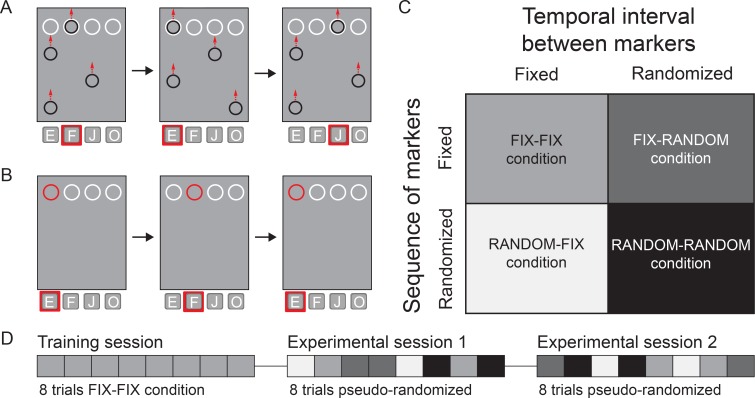Fig 1. Behavioral task and experimental conditions.
(A) During the predictive timing task black markers move from the bottom towards the four white target markers at the top of the screen. Participants are instructed to press the corresponding key at the moment that the black moving marker fully overlaps with the target marker (red square highlights the corresponding key). Target markers (from left to right) correspond to the ‘e’, ‘f’, ‘j’ and ‘o’ keys of a keyboard. (B) In the reactive timing task the white target markers change color to red for 200ms and participants are instructed to press the corresponding key as fast as possible. (C) Trials have one of four possible task conditions based on the sequence of and temporal interval between markers (fixed or randomized). (D) Both in the reactive timing task and predictive timing task, participants first complete a training session containing 8 trials of the FIX-FIX condition (i.e. fixed sequence and fixed interval), followed by two experimental sessions in which 2 trials of each condition are presented in a pseudo-randomized order.

